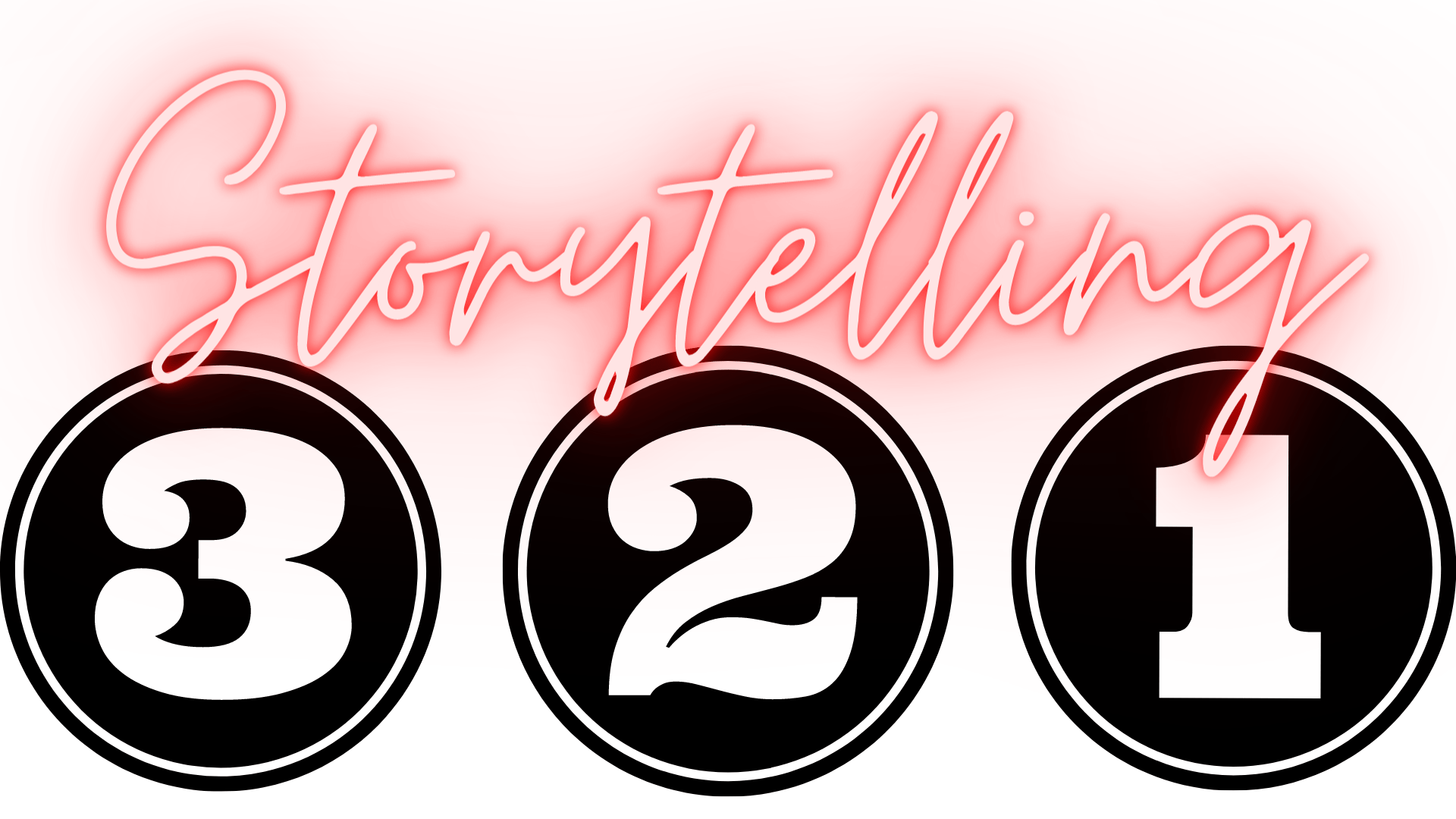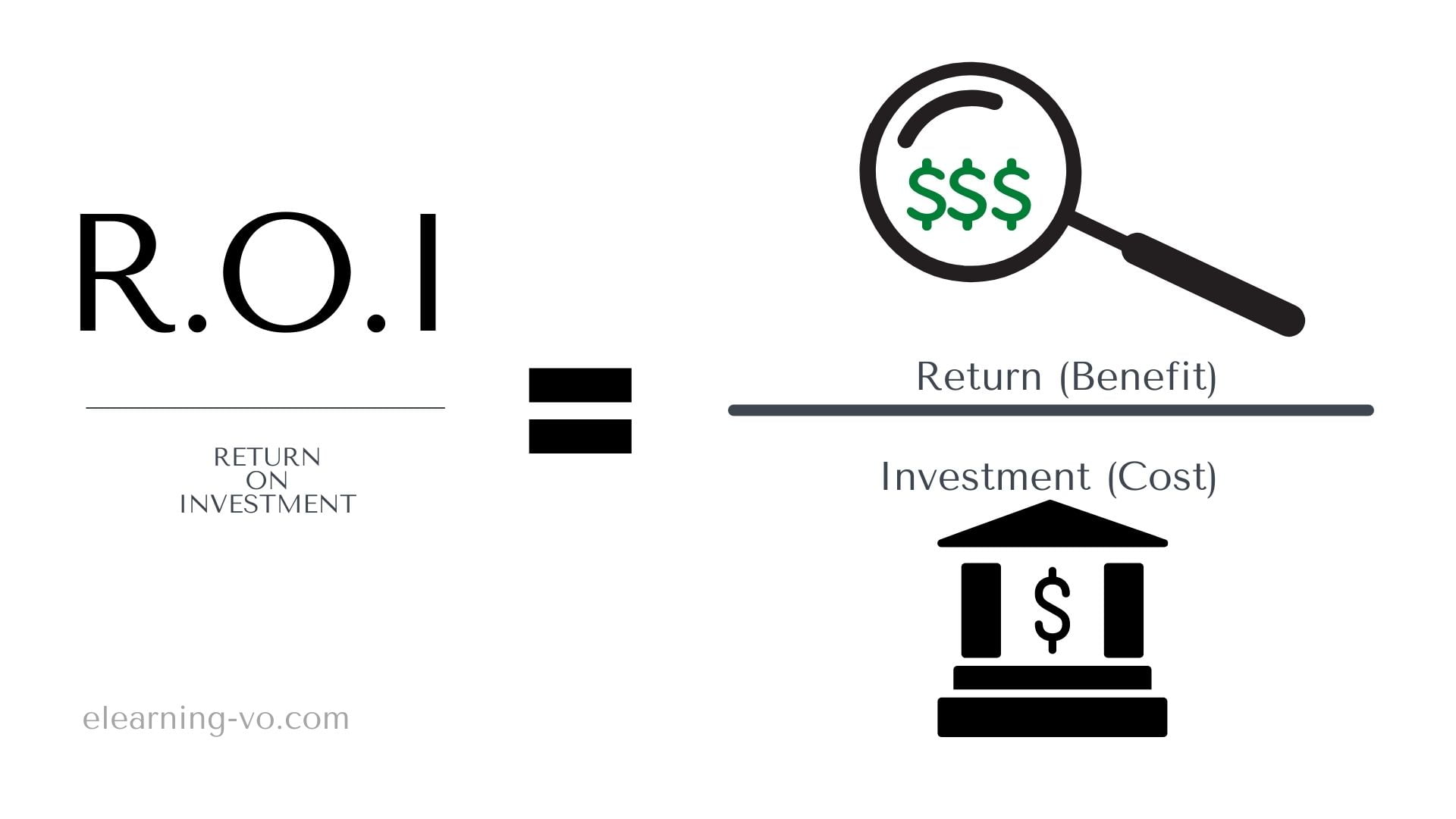
Storytelling is a vital…
You probably already knew that storytelling is vital in your creative projects, for sure.
I still voice a lot of scripts that don’t do storytelling. I assume that’s because clients don’t believe it’s worth the effort? You tell me.
A vital piece of your creative content.
With a riveting story, you can lead your audience anywhere, and they’ll follow.
Here are some simple ways to see your content with stories:
 Character Appeal
Character Appeal
Get your audience on your characters’ side–whether it be a fictional person or a real life customer–and make sure their goals are clear and bold. They need to be appealing enough for audiences to root for them to achieve their goals.
 Obstacle Tension
Obstacle Tension
The obstacles in your characters’ paths inform the stakes and tension of the story. The quality of the challenges will dictate how much audiences are engaged in your characters because they get to show how resourceful and layered they are.
 Bold Conclusion
Bold Conclusion
Start strong, and end even stronger to leave a lasting impression. Even if the ending’s a foregone conclusion you can still make it affecting, moving, and even surprising with a captivating finale.
Let me know if you have any comments, as I’m always happy to hear from you.




